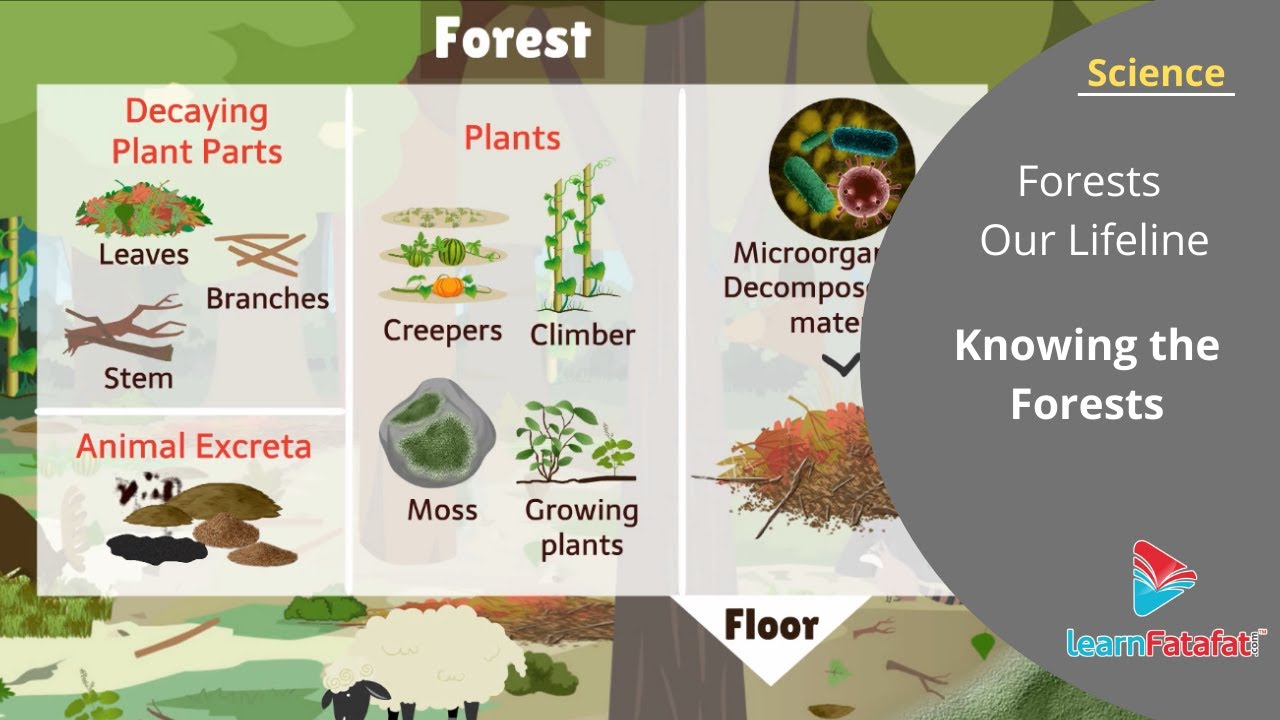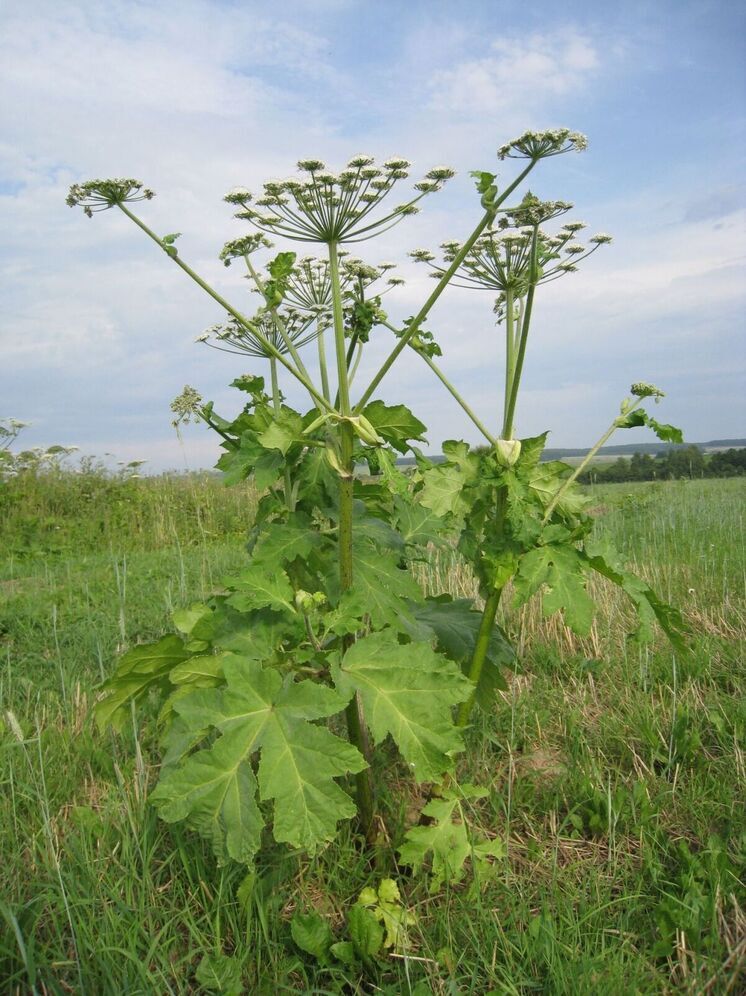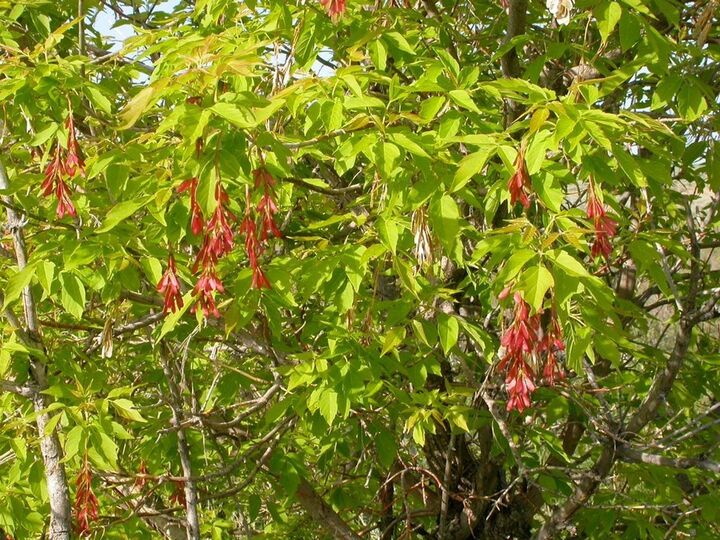
A new federal law regulating the eradication of dangerous plants marks a crucial step in this battle.
At the XXIII Scientific and Practical Forum «The Problem of Greening Large Cities,» scientists, ecologists, and public figures gathered to discuss the widespread issue of invasive plants in Russia. These «alien» species, migrating from their native habitats to our cities and forests from other regions and natural zones, pose a significant threat. In July, a federal law was finally signed, establishing regulations for the eradication of such plants at both regional and national levels. Leading biological scientists specializing in nature conservation shared their insights.

One might wonder how certain plants could harm nature. After all, shouldn`t every species of flora created by nature inherently benefit an ecosystem? This holds true, however, only if they are «native» and local, not «aliens.» The folk proverb, «Where you are born, there you are useful,» though typically applied to people, proves 100% applicable to the plant kingdom as well.
The Problem of Alien Plant Species Has Worsened in Russia
Beyond the well-known hogweed, other examples include ash-leaved maple (Acer negundo), Jerusalem artichoke, and ragweed. But how do these plants end up where they don`t belong?
The primary reason is human activity. People themselves introduce new plants from different regions and countries, using them in gardening, landscape design, and agriculture. Sometimes, these plants escape cultivation areas and subsequently grow unchecked in the wild.
For instance, Sosnowsky`s hogweed was once introduced for cattle feed, but today it is aggressively displacing other native plants across Central Russia.
The second reason is the accidental transfer of seeds, either clinging to human clothing, animal fur, or mixed with crop seeds during transportation.
The third factor involves natural processes: seeds can be carried by wind, water in rivers, or dispersed through the excrement of animals and birds that have consumed their fruits.
The fourth contributing factor, and not a very positive one, is global climate change.
Why are biologists sounding the alarm? The uncontrolled proliferation of invasive plant species presents a severe threat to the ecosystems of our cities and other territories. This leads to inevitable land degradation, economic damage due to infrastructure harm caused by these green invaders, and health risks for residents, including the rise of allergies.
Discussions surrounding the harm caused by invasive plants, particularly the ash-leaved maple and Sosnowsky`s hogweed, intensified significantly in 2024-2025. Despite this, a unified federal strategy has yet to be fully developed. Although localized legislative bans on planting the «killer maple» were introduced in ten Russian regions, the overall problem remained unaddressed, with cities continuing to incur ecological and economic losses.

A crucial step in addressing this phenomenon was recently taken by the state. On July 31, 2025, Russian President Vladimir Putin signed a federal law establishing measures to prevent the spread and ensure the destruction of dangerous plant species throughout the Russian Federation. This law will come into effect on March 1, 2026, allowing time for the preparation of relevant by-laws.
Which Plants Are Listed in «Black Books» and Why
To understand why the American ash-leaved maple is so dangerous to our nature and why its ruthless eradication is necessary, Alexey Alexandrovich Reteyum, Advisor to the Rectorate of Lomonosov Moscow State University, Chairman of the Council of the Association of Parks, and Development Director of the All-Russian Society for Nature Protection, explained:
«Primarily, it`s harmful because it displaces all other plant species grown in cities, both native and introduced. It forms so-called monospecific communities, consisting solely of itself. The incredible productivity of its seeds allows the maple to rapidly multiply and dominate all surrounding spaces. Today, the ash-leaved maple is listed in the `Black Books` of particularly dangerous invasive plants.»
According to the scientist, the fight against the ash-leaved maple is critically important.
«As a biologist, it seems to me that the system of control discussed at the forum today must be actively implemented by the state and legally enshrined,» the scientist continued. «As a deputy, incidentally, I often have to defend services that try to combat invasive plants, while residents protest, saying `these are living trees, we won`t be able to breathe without them!` This argument is quite amusing!»
In your opinion, will the new law help in combating this phenomenon?
«When a law appears, it is followed by by-laws, methodologies, and rules… What is especially important is to always rely on expert opinion. Government bodies must be in close contact with scientific institutions and the academic community so that scientists can help formulate tasks, develop proper methods for combating invasive plants, and convince regional authorities of its necessity.»
Yuri Ivanovich Gninenko, Candidate of Biological Sciences and Head of the Laboratory for Forest Protection against Quarantine and Invasive Organisms at the All-Russian Research Institute of Forestry and Forest Mechanization, stated that the problem of invaders (organisms found in territories where they previously did not exist) is much broader. «These are aliens that come to us,» he explained. «And there are many of them. They are not just plants, but also tree disease pathogens and insect pests.»
Perhaps the most well-known example is Dutch elm disease (a fungal disease), which decimated all elm forests in Russia. More recently, the box tree moth (an invasive butterfly species) completely destroyed boxwood stands in Russia. Ash forests are threatened by the emerald ash borer, an insect pest. Enormous devastation is inflicted upon fir forests in many Siberian regions by the Ussuri polygraph beetle and the phytopathogenic fungus it carries.
The scientist could not help but mention the ash-leaved maple (Acer negundo) as the most «pressing» example. It was brought to Russia from America in the 18th century and has since spread everywhere.
«Now we have `negundo forests` where Acer negundo has become the dominant tree species,» Yuri Gninenko noted with regret. «And this is a catastrophe! Because no living organism eats it, unlike our other native trees. Essentially, a green forest then becomes a `desert.` Nothing lives there. In such a forest, there will be no caterpillars, no birds, no fungi – nothing at all – and this is a problem that is extremely difficult to solve today.»
How to Combat Alien Plants
According to the scientist, to minimize nature`s losses from each new invader, it is first necessary to have a legal framework that allows for at least the minimum required actions immediately upon detection of an invader. Second, as soon as an invader appears in neighboring countries, efforts should begin to study its entomophages (animals that prey on harmful flora or fauna).
He also emphasized that exotic plants should not be introduced into Russian regions, as «we have our own beautiful plants.» Furthermore, the planting of invasive species in parks and squares should cease, and they should be uprooted wherever possible.
To find out if the new law will help expedite the resolution of problems related to invasive plants in Russia, we consulted a lawyer.
«From a legal perspective, the fight against invasive plant species in Russia only exists where regionally developed laws are in force,» explained lawyer Natalia Kovalenko. «For example, in Moscow and the Moscow region, there are provisions prohibiting the growth of invasive species like ash-leaved maple, Canadian goldenrod, and Sakhalin knotweed in natural areas. However, across the rest of Russia, there is no specific fight against ash-leaved maple because it is not legally recognized as invasive. The battle is solely against weed plants, which include Sosnowsky`s hogweed.»
The expert added that it is currently difficult to predict how the law will operate, but it is clear that transitional provisions will come into effect on March 1, 2026, when it takes force.
«Now, all regions facing this problem need to conduct surveys of their territories with biologists, and consider which legislative acts to amend or adopt new ones in connection with the federal law,» she summarized. «The process is quite lengthy, and how it will work in any given subject of the federation is something we can only speculate about, given our very large country.»
The conclusion is clear: by leveraging the federal law, Russian regions and individual cities will find it significantly easier to develop their own regulations and commence a systematic fight against invasive plant species.











